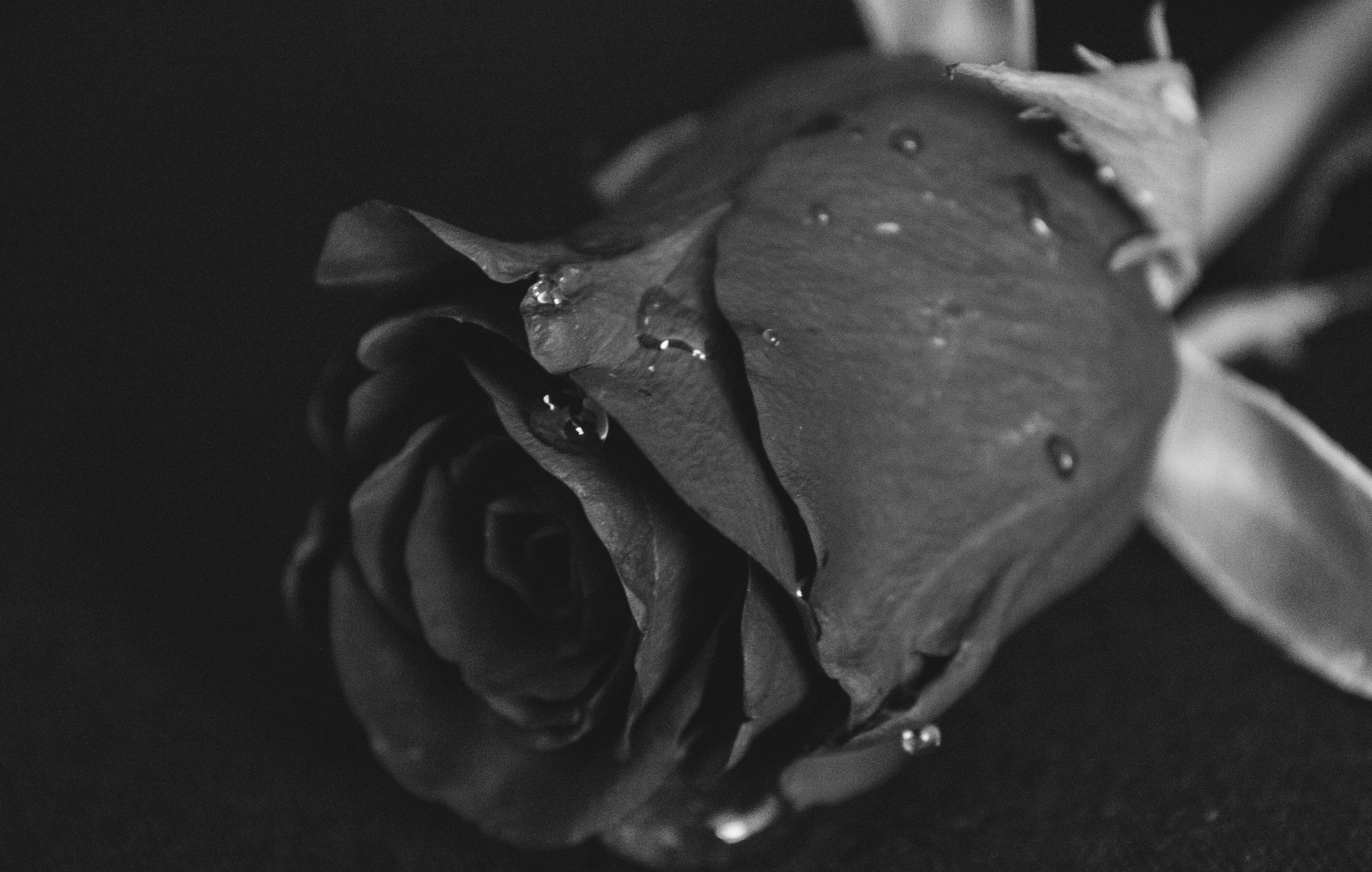Apply Now
Smart Ways to Help Your Piercing Close Effectively in 2025
In recent years, body piercings have become more than just a trend; they are a means of self-expression and personal identity. As people increasingly explore the world of body modifications, understanding how to care for these piercings is essential. Whether it's an earlobe, cartilage, or nose piercing, knowing the correct aftercare can significantly impact healing outcomes. In this article, we will delve into the various factors that affect healing time for piercings and explore smart methods to assist the piercing closure process in 2025.
In addition to highlighting practical aftercare tips, we will also discuss misconceptions about piercing healing and share personal experiences that illustrate the healing journey for body piercings. This roadmap will empower you to manage your piercing care effectively while preventing complications.
Understanding Piercing Closure: How Long Does It Take?
When we discuss the healing journey of a piercing, one critical question arises: **how long does it take for a piercing to close?** The duration it takes for a piercing to close can vary widely based on several factors. General estimates suggest that earlobe piercings can close in a matter of weeks, while cartilage piercings may take several months or even years, depending on individual biology and care practices.
* **Factors Affecting Piercing Closure**: Individual nuances like age, skin type, and the body’s healing capabilities can significantly influence how quickly a piercing closes. For instance, younger individuals tend to heal faster than older adults due to better circulation and skin elasticity. Additionally, personal experiences with healing, such as previous piercings or any complications, can shape future outcomes.
* **Signs of a Closing Piercing**: Monitoring the signs of a closing piercing can provide insights into the healing process. Look for changes like reduced swelling, sensitivity, or secretion. However, if you notice signs of infection, such as excessive redness or pus, it's crucial to seek professional advice promptly.
Building on these ideas, let’s transition to learn more about the different types of body piercings and the respective healing times associated with each.
Comparing Piercing Types and Their Healing Durations
Understanding different types of body piercings can empower individuals in their journey of healing. Each piercing type, from earlobe to cartilage, comes with its own set of healing time frames, aftercare requirements, and closure rates.
* **Ear Piercings**: For example, an earlobe piercing typically has a healing duration of 6 to 8 weeks. In contrast, a cartilage piercing often requires more time, potentially lasting anywhere from 3 to 12 months. The healing time is a critical factor when deciding whether to keep or change jewelry.
* **Nose and Lip Piercings**: Nose piercings usually close at a quicker rate than lip piercings, which can take up to a year to fully heal. Each type of piercing diverges in its aftercare protocols, significantly impacting healing outcomes.
* **Factors in Healing Times for Different Piercings**: Choosing the right material for jewelry, like titanium or surgical steel, can affect how well a piercing heals. Conversations in online forums and social media can offer anecdotal evidence about the success of various materials in reducing irritation and promoting faster healing.
This naturally leads us to the various stages of the piercing healing process.
Healing Stages of Piercing: What to Expect?
When embarking on the journey of body piercing, it's essential to familiarize yourself with the **healing stages of piercing**. Each stage comes with its own unique characteristics and expectations, helping you navigate the healing timeline effectively.
* **Initial Healing Phase**: In the first few days, the body undergoes the biological healing process, where blood clots form to protect the newly opened skin. During this stage, there might be tenderness and discharge, which is normal unless it turns into pus or excessive swelling indicating infection.
* **Maturation Phase**: After about 2 to 4 weeks, many piercings will enter the maturation stage, where the skin begins to tighten around the jewelry. The healing time varies depending on factors such as the type of piercing and individual healing rates.
* **Final Healing Phase**: It can take months for a piercing to fully settle and heal. For cartilage piercings, understanding how to care for piercings during this phase is crucial, as they are more prone to complications like migration or rejection.
Minimizing complications with piercings is fundamental during these phases. Let’s discuss proper care for piercings and best practices.
Proper Care for Piercings: Best Practices
One of the most effective ways to support your piercing closure is by implementing proper care routines tailored to the specific piercing type.
* **Aftercare for Piercings**: Begin by cleaning your piercing regularly with saline solution or specialized cleaning solutions for piercings. This should be done twice a day, especially during the first few weeks, to prevent infections. Avoid using alcohol or hydrogen peroxide as these can be too harsh and slow down the healing process.
* **Jewelry Selection**: When choosing jewelry, it is essential to consider the material. Opt for hypoallergenic options like titanium or surgical steel to minimize the risk of irritation.
* **Avoiding Common Mistakes**: One common mistake is changing or removing jewelry too early. For many piercings, the first six to eight weeks are critical for ensuring healing. Always consult with professional piercers before making any changes to your jewelry.
With these standards laid out, let's explore what happens when a piercing closes and address common questions related to this topic.
What Happens When a Piercing Closes?
Understanding the **closure rate of piercings** offers insights into the potential consequences of both a closed and opened piercing hole. When a piercing begins to close, it can be an emotional journey for some individuals.
* **Biological Process Upon Closure**: The body reacts by creating scar tissue, which can resemble the initial piercing hole but may vary in appearance. While some may experience minimal scarring, others might find that the skin heals over the hole completely.
* **Impact of Healing Time on Closure**: The individual healing time affects how the skin reacts post-closure. For example, a freshly closed piercing often leaves a less visible mark than one that has been allowed to close over months.
* **Common Complications**: Complications such as piercing migration or rejection can occur if proper care isn't observed during the healing stages. Since cartilage piercings are frequently affected, monitoring for early signs of complications is vital.
With this information, we can now address common questions surrounding piercing healing.
Q&A: Common Questions About Piercing Closure
**Q1: How long does it take for a piercing to close?**
The duration varies by piercing type—from a few weeks for earlobes to several months for cartilage piercings.
**Q2: What are signs of a closing piercing?**
Signs can include reduced swelling and tenderness, while complete healing usually means no discharge or irritation.
**Q3: How can I effectively reduce healing time for piercings?**
Adhering to a consistent aftercare routine, choosing high-quality jewelry, and avoiding playing with the piercing can help speed up healing.
**Q4: What happens if my piercing becomes infected?**
Consult a professional piercer or healthcare provider if you notice signs of infection, such as excessive redness or pus discharge.
**Q5: Should I change my piercing jewelry before it's fully healed?**
It's generally advised to wait until a piercing is fully healed before changing jewelry, as early changes can lead to complications.
In 2025, focusing on proper aftercare practices while recognizing the unique healing experiences of individuals will enable you to navigate the challenges associated with body piercings effectively.

 Its part of generated content. Can i generate another part?
Its part of generated content. Can i generate another part?

 Its part of generated content. Can i generate another part?
Its part of generated content. Can i generate another part? 